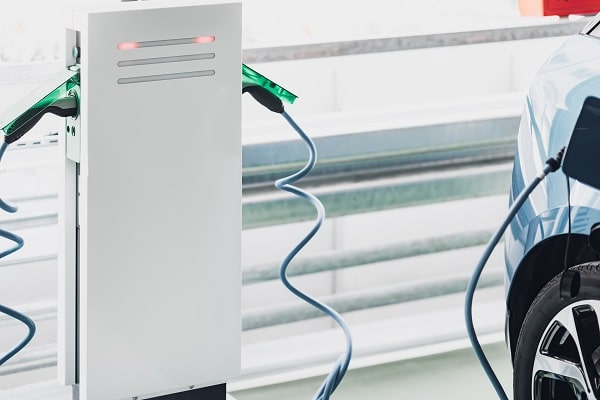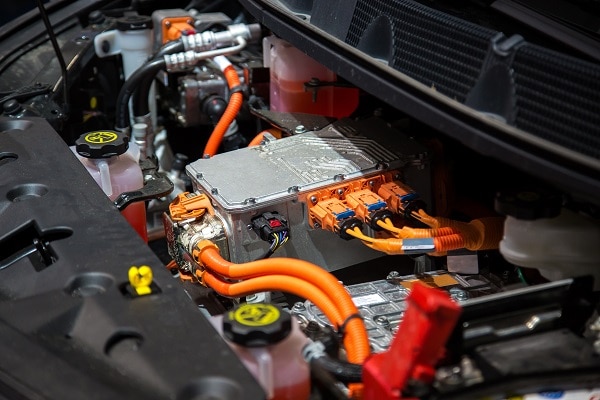As pollution and carbon emissions continue to become a growing concern, more and more people understand electric cars’ appeal. Compared to their gas and diesel counterparts, electric cars emit fewer air pollutants and greenhouse gases over their useful life – even after considering the vehicle production and the amount of electricity needed to power the car.
Let us expand on the benefits of owning and driving an electric vehicle:
Contents
Costs Less To Run

The electricity cost of charging an EV (electric vehicle) is only about 60% of what it costs to run a petrol vehicle of a similar size for a similar distance. The cost drops further if you use a free charging station or a solar PV system to charge your vehicle.
Costs Less To Maintain

Compared to a battery-electric vehicle, conventional petrol or diesel vehicle has a lot more moving parts. Therefore, maintaining an EV is cheaper, but the maintenance does not have to be as frequent as it would be with a diesel or petrol car.
Benefits For The Environment

- Reduced Pollution: Your decision to drive an EV will mean that you are not responsible for the exhaust emissions – and the lethal air pollutants that come with it – from a petrol or diesel vehicle. While an EV will not emit exhaust emissions, it is important to note that there will still be a certain degree of greenhouse gas emissions every time it is charged using an electricity grid.
- Renewable Energy: If you use a solar PV system to charge your EV while the sun is still out, you contribute further to reducing greenhouse gas emissions. You can also achieve this by buying GreenPower from an electricity retailer. This way, even when you use an electricity grid to charge your EV, you can rest assured that renewable sources are being used to produce that electricity.
Beneficial For Our Health

It does not take a lot of explaining to show how a reduction in exhaust emissions can help improve our health. Low air pollution and better quality of health will lead to reduced health problems which, in turn, will lead to lower medical costs. Since EVs make considerably less noise than diesel or petrol vehicles, they also help curb noise pollution.
Basics Of An Electric Car:
The Functioning Of An Electric Engine

You plug the electric car into a charge point and use the grid to obtain electricity. The cars store electricity through rechargeable batteries that help run an electric motor, which, in turn, allows the wheels to turn. Since electric cars have a higher acceleration than conventional fuel vehicles, they often feel lighter and easier to drive.
Charging An Electric Car

You can charge your electric car either through a home charging unit or a public charging station. In contrast, there are several charging stations across the US to help your vehicle stay fully charged while on the go. Still, if you are looking for home charging, you need to make sure that you get the appropriate electricity tariff to get the best deal. This way, charging will cost you less, and you will cut down on your electricity bill.
The Range Of An Electric Car

The distance you can cover on a fully charged electric car will vary from vehicle to vehicle. Every model comes with its own range, efficiency, and battery size. The ideal electric car for you should be the one that lets you cover your normal journeys and will not require you to stop halfway through and get it charged.
How Safe Is An Electric Car?

Since the batteries and the motor are placed on the bottom rather than at the front, an electric vehicle tends to have a lower center of gravity. This means that, compared to cars that are either front-heavy or have a higher center of gravity, an electric car has a far lower chance of rolling over.
This also means that, even if an electric car gets into a severe crash, the probability of an engine explosion or fire is far lower than it is with a regular car. The absence of gasoline and the fact that the engine is placed farthest away from every area of the car that is most likely to be affected in a crash make an electric car far safer than any of the alternatives.
How Does It Feel To Drive An Electric Car?

As we mentioned above, electric cars are generally quieter than conventional vehicles, which is often the first thing users notice. Also, the absence of a tailpipe, gearbox, or clutch makes an electric vehicle far smoother, allowing for quicker acceleration and – thanks to the regenerative breaks – a lower need to apply the brakes.
The regenerative braking system uses the energy from pedals to charge the vehicle battery. Such a system has been designed to save energy, which means that you will decrease the vehicle’s speed in much the same way that you would do so by lightly applying the brakes when you ease off the gas in an electric car.
When you apply the brakes on an electric car, the motor will first run backward to slow down, thereby sufficiently decelerating the car in most situations. If you need a quicker stop, these cars also have the conventional frictional brakes that come into play only when needed. In such a situation, you might have to push the pedal slightly further than you expected, but do not let that alarm you – this additional pressure is required to get the friction braking in action.


